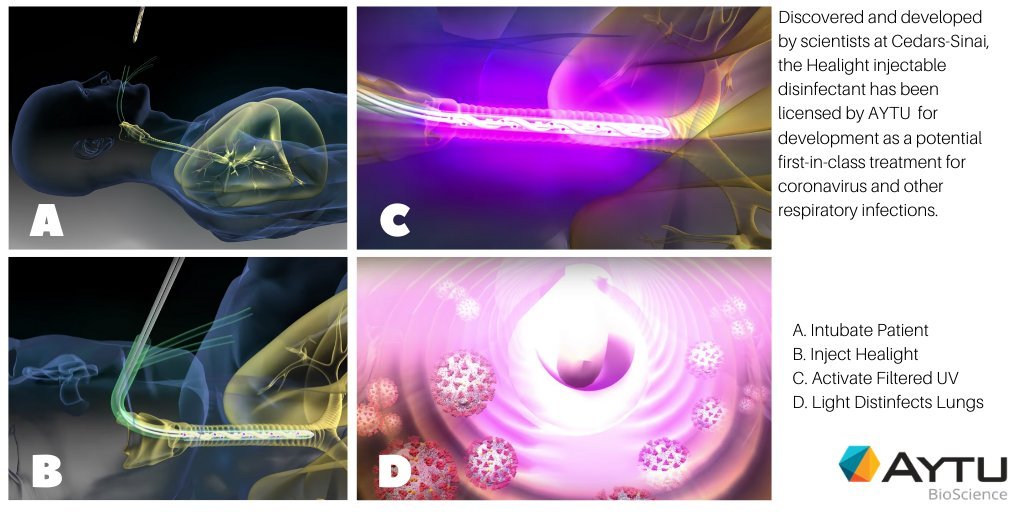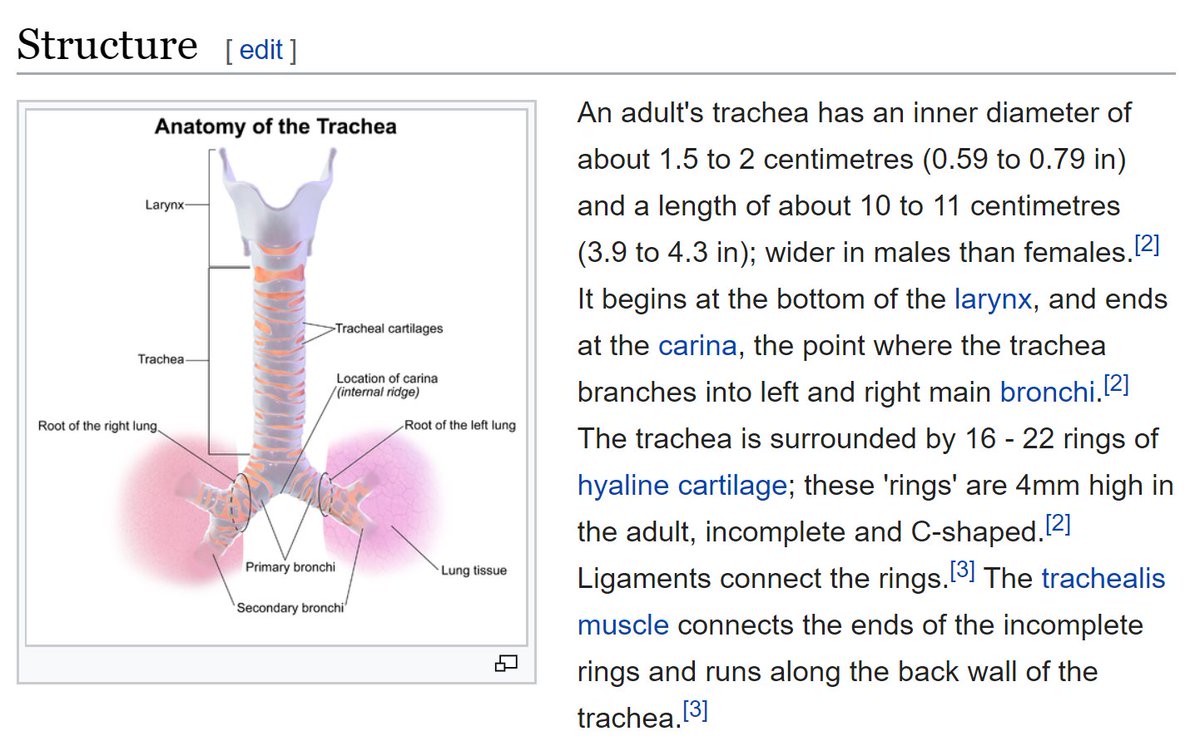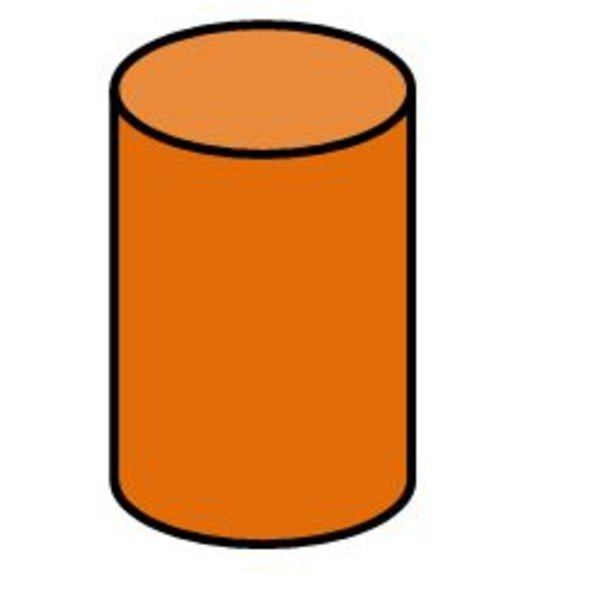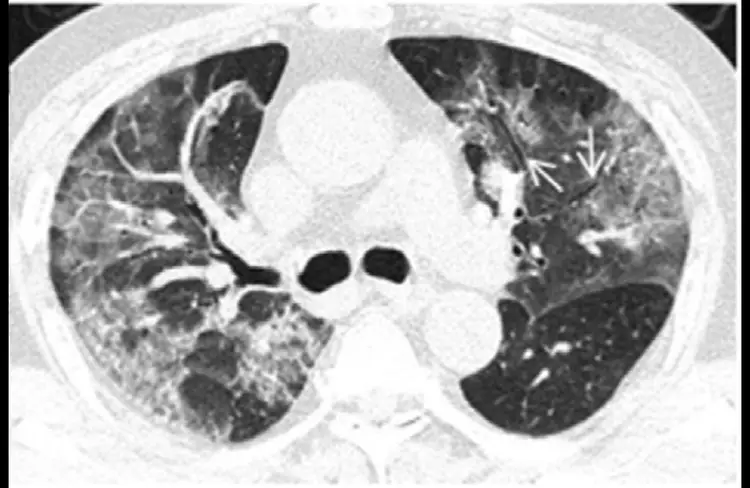Ultraviolet light inactivates the virus
Patients die because the trachea is filled with virus particles, preventing them breathing.
Agreed. But hypothetically:
If the trachea is blocked with gunk, if you manage to poke something down there, the best thing to do would be to:
If the trachea is blocked with gunk, if you manage to poke something down there, the best thing to do would be to:
So if you were going to have to do that anyway, what is the benefit of the UV light?
Anyway COVID does not kill by blocking the trachea with gunk.
If only it did!
Nobody would die. We would just prone and head-down tilt the patient and they could cough it out continually.
Or if they were ventilated we could suck it out.
If only it did!
Nobody would die. We would just prone and head-down tilt the patient and they could cough it out continually.
Or if they were ventilated we could suck it out.
By the way I have no special knowledge on whether UV light inactivates the virus.
I heard it as a vague rumour and it sounds reasonable.
Unlike EVERYTHING ELSE in relation to it. So I am assuming it is a nugget of truth. (Otherwise we are all completely insane.)
I heard it as a vague rumour and it sounds reasonable.
Unlike EVERYTHING ELSE in relation to it. So I am assuming it is a nugget of truth. (Otherwise we are all completely insane.)
Right, so we are satisfied that we can inactivate virus particles in the epithelial fluid of the trachea.
What is the surface area of the inner surface of the trachea, assuming it is 10 cm long and has a radius of 1 cm?
Hint: circumference would be 2 pi r = 6 cm
Hint: circumference would be 2 pi r = 6 cm
How thick a layer of bronchial fluid do you think there will be?
(For context for my fellow cardiologists, a biggish coronary artery is 4mm across)
(For context for my fellow cardiologists, a biggish coronary artery is 4mm across)
Thank you.
Let& #39;s be generous and assume it works in vivo. I can& #39;t see why it shouldn& #39;t.
Let& #39;s be generous and assume it works in vivo. I can& #39;t see why it shouldn& #39;t.
Hmmm... I was thinking 2mm (without the context of a coronary artery).
But in the context of a coro, 2mm does seem a bit thick.
So let& #39;s say 1mm (you can later rerun the calcs for 2mm if you like)
But in the context of a coro, 2mm does seem a bit thick.
So let& #39;s say 1mm (you can later rerun the calcs for 2mm if you like)
What is the volume of that fluid (coating the inner surface of the cyclinder)?
For convenience, remember that 1 cm3 of random body fluid (i.e. approximately water) weighs about 1 gram.
What weight of body fluid have we sterilised with the light?
What weight of body fluid have we sterilised with the light?
Here is a Covid CT lung. Do not ask me what the arrows are for, I don& #39;t do lungs. I only do the light coloured thing in between them.
Anyway it looks pretty bad all over.
(Interestingly the bronchi are wide open though)
Anyway it looks pretty bad all over.
(Interestingly the bronchi are wide open though)
What fraction of lung volume do you think is filled with fluid?
Let& #39;s be stingy and plan for 20%. Looks a more here, but I assume it is an unusually severe case.
Fluid in lungs = 20% of 6 L = 1.2 L
This is 1.2 kg
We have zapped 6 g of this. What percentage of lung virus burden have we cleared?
Fluid in lungs = 20% of 6 L = 1.2 L
This is 1.2 kg
We have zapped 6 g of this. What percentage of lung virus burden have we cleared?
Discuss

 Read on Twitter
Read on Twitter






